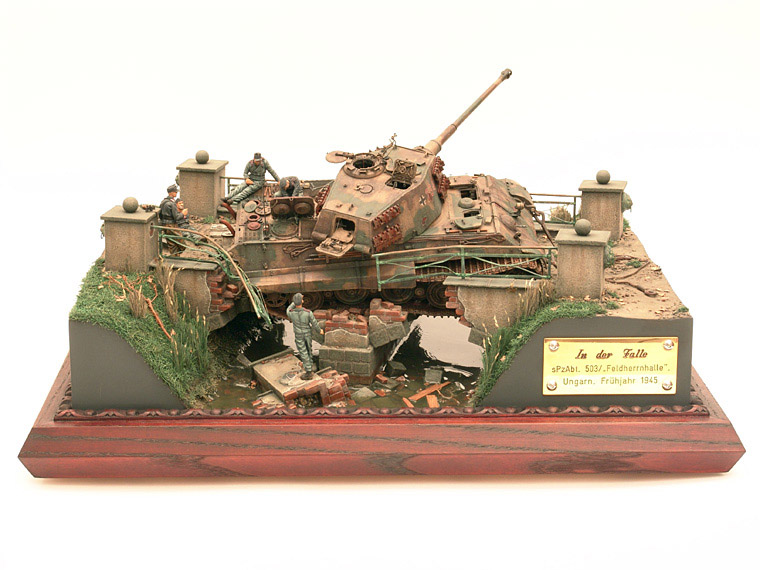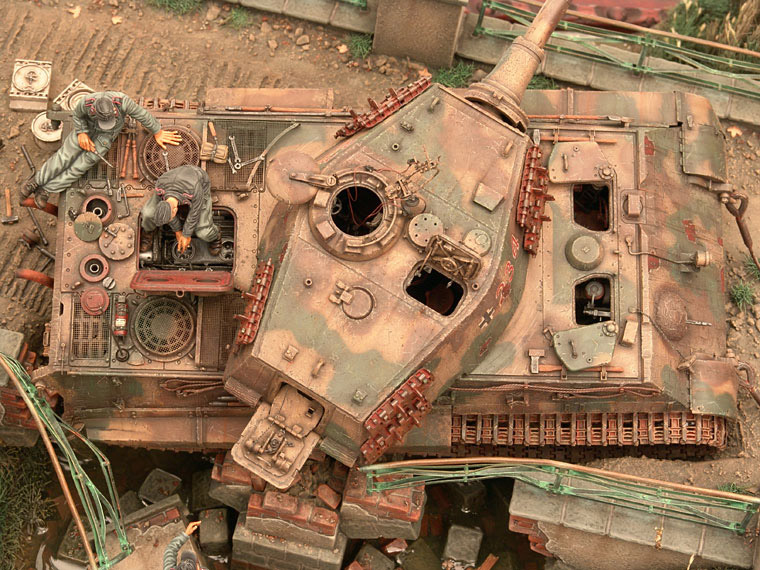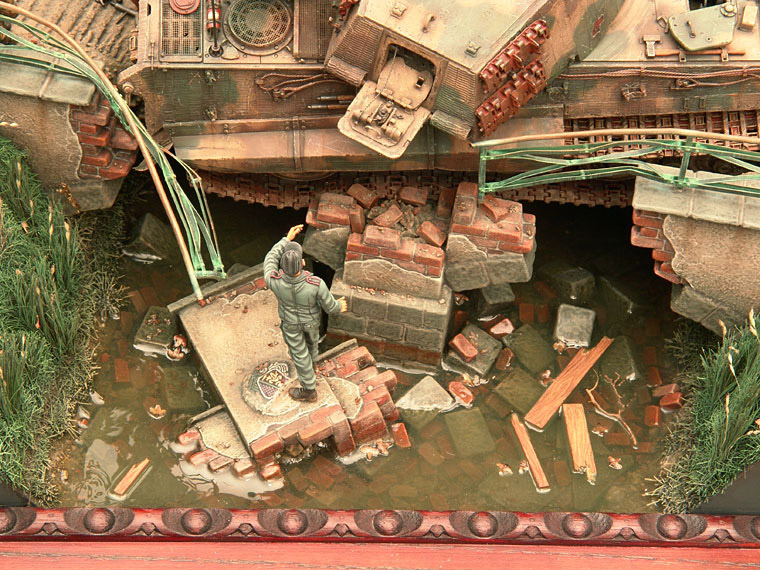I'm not talking about punishing teams, nor certain modes & factions, i'm talking about complete bullshit matches and free wins.
If you consider free wins as glorious gameplay, then you'll probably won't understand, but i doubt you're like that.
Think about it differently: the majority of COH players doesn't play COH for the competition, they play for fun. And getting instantly owned is the opposite of fun. So they will quit, and so do the actual competitive random mates they may have had once (they give up on certain random matches, because they just get literal scrubs anyways, so what's the point)
So what happens?
- you lose the casual playerbase
- you lose the competitive playerbase
... and you face even more beginners who are still brave enough to roll the dice, till they also give up.
Maybe it's just me, but my most enjoyable games were the ones that lasted, or where i could at least see what i did wrong / right, and not the ones when i had to play 1v2 from start, or could base siege the enemy 5 minutes into the game - both are utterly, excuse my language, retarded.
+10 |
The only startegy I suggest for a quick kill on a brit is :
- 5 pios,(cap all the map and contain the brit (wires, traps, jump in/out houses)
- T2 tech, (brit starting to cap 1-3 of your territories)
- HT (push back the brits from your cut of)
- gren, gren, schreck, schrek
- vet 1 inf,
- terror doc, left side, zeal 1CP
- first fight with ht+ 2 grens, stay in green cover (kill the bren here or injure the lieut)
- vet 2 inf + 3rd gren schreck,
- big push with 3 schrecks, get something : lieut, medic center, mortar, mg nest, bren..
- stay with 3 men squads of grens (THATS THE IDEA), so you get the bonuses from vet 2 and from zeal
- win
- if you don't win there, move back and wait for the brits to move
- he goes to attack your side, get your grens in the HT and rush to trucks
- win
I have a 99% win ratio with this.
The only strategy i suggest to win as brit is turtle on your fuel, and wololo with stags.
Pepsi,
He isn't asking how to execute pio-spam against Brit (though knowing how it is being executed should help) he is having trouble beating pio-spam AS a Brit. |
|
But let's not forget that much of what we know of these German generals is from their own memoirs where often the other side did not get a chance to tell their side of the story. Much of the Soviet side of the history was not opened up until recently.
And some never really got to tell their tale as they did not survive into the peace. |
If it was a World War Two commander it would be Patton, keep attacking, never dig in and only retreat to build up for a better attack. Especially once the armoured phase begins.
If it was any General from history it would be Ulysses S. Grant - that war of attrition. Riflemen may be expensive but Strumpioners are more and I can call in my vet rifles 
A much underrated general.
George Mclellan was much loved by his troops and was apparently a brilliant peacetime general who helped build a great infrastructure for the Army and designed some very good kit. But he was overly cautious and never seemed to feel it was the right time to press the confederates.
Grant was considered brutal in forcing the battle to the enemy and using superior force to bludgeon them, but in truth he considered his to be the "humane" strategy in that defeating the enemy would bring the war and bloodshed to a close. |
|
|
I still think his numerical explanation illuminates what is wrong. The numbers aren't the balance... the "feel" is the balance. There are too many variables to use pure numbers to balance. I would think you could use theoretical numbers like that AS A START point. Then you tweak it from there.
But to end it at the spreadsheet without accounting for terrain, front/rear armors, APM load, the types of supporting units available (mines, shreks, ATGs, etc.) is ignoring the "how it is used" of a unit. You start there and tweak until it feels right.
But I can see how spreadsheet balancing might lead to the problems (and blobbing) in COH balance.
I suspect this lack of coordination between role and balance. Role is a game design aspect and balance, is well a balance thing.
You need a good coordination between game design teams and balance design team.
I do remember reading an article on his blog a while back talking about the problem of game designers and balance designers not being synced. I got the feeling he was talking about his experience at relic.
|
In this case I think "aggressiveness" means the side that is attacking/on the move.
Studies after the war showed that the side that was able to get the positioning for the first good shot was the one likely to win the engagement. I know you are looking for a kind of Russians-were-oprationally-and-tactically-less-sophisticated-leading-to-greater-loss but soemtimes it really is as simple as the attacker will lose more unless the attack is operationally brilliant (by surprise, from behind, etc.)
Even overwhelming force isn't a guarantee of low losses or a fast breakthrough. The US infantry divisions in the Ardennes were green (102nd) or inexperienced (99th) and spread much too thinly, yet were able to delay, sometimes significantly, the "overwhelming" power of a Panzer army that outnumbered them greatly.
Likewise the British were not operational neophytes at Caen, and had the greater armor size, but they were going up against an organized defense. (Look up Operation Goodwood).
The army on defense generally knows the terrain better. More than that, they can use AT guns effectively, something the attacker can't. And they get to choose when enough is enough and bug out of there with as much intact equipment as possible.
While it is true losses where caused by always attacking, I do not agree that it is because of the "aggressiveness" in it self. But rather the lack of proper recon, proper support, coordination, composition of forces and logistical supply during advances by tank forces that caused the losses.
... I was under the impression that aggressiveness with tank forces are thought to yield less losses than caution of advance?
The so called 'Blitzkrieg' being the classical example of the idea.
....
So I don't disagree with you, I just believe that simply saying aggressiveness is an oversimplification that might give people the impression that aggressive use of armour is a poor choice.
(Well yes it is if you don't have recon, support, composition, logistics etc,  ) )
|
This is key. 2-3 times the units are not 2-3 times harder to micro. The difficulty is greater than that. Even assuming you know what you want to do you have to translate it to the game and that means APM. As you add units and tasks the numbers of APM goes up but your abilities generally don't, so each additional unit and its required APMs means you aren't doing something else or has already exceeded your abilites. The single uber-unit doesn't put this same tax on your abilities.
The other response is to make the 2-3 (or more) units equal to the uber unit but without additional micro.... but that is how you get blobbing.
Someone used the example of CCP and EvE which is supposed to be the penultimate spreadsheet game, but spreadsheets don't define their end-product, balance and meta does.
I should add that this focus on "difference" exhibits what could be a lack of imagination.
The m10 and the StuG of COH1 about on par in cost and utility. One came out of an earlier and cheaper tier, didn't have a turret but had really strong frontal armor, the other was much more weakly armored but with a turret. Two similar units yet very different in feel and without imposing a huge micro discrepancy. |
Nice analysis,
But terrain, buildings will often make a single unit more powerful. Also one unit is easier to micromanage too.
A lone Tiger hidden between buildings will be a lot harder to flank meaning he will be harder to be destroyed because of it's frontal armor. But 2-3 hidden Sherman with be killed easily from a frontal assault by any Tiger.
Balance cannot only be achieve with numbers, where those numbers will be used often matter the most.
This is key. 2-3 times the units are not 2-3 times harder to micro. The difficulty is greater than that. Even assuming you know what you want to do you have to translate it to the game and that means APM. As you add units and tasks the numbers of APM goes up but your abilities generally don't, so each additional unit and its required APMs means you aren't doing something else or has already exceeded your abilites. The single uber-unit doesn't put this same tax on your abilities.
The other response is to make the 2-3 (or more) units equal to the uber unit but without additional micro.... but that is how you get blobbing.
Someone used the example of CCP and EvE which is supposed to be the penultimate spreadsheet game, but spreadsheets don't define their end-product, balance and meta does. |
I would take issue with you on this: I fully accept the Germans knew the danger of encircelement. But in this instance, I want to suggest that it was the Aliies who shot themselves in the foot. (Blue on Blue).
From Beevor ('D-Day:the Battle for Normandy') (pp 428-430 paperback) -
I am not sure on what day that happened. First I am hearing of it.
I was speaking of the battles around Mont Ormel on August 19th-21st.
http://www.historynet.com/world-war-ii-closing-the-falaise-pocket.htm |








 )
) 







 cblanco ★
cblanco ★  보드카 중대
보드카 중대  VonManteuffel
VonManteuffel  Heartless Jäger
Heartless Jäger 